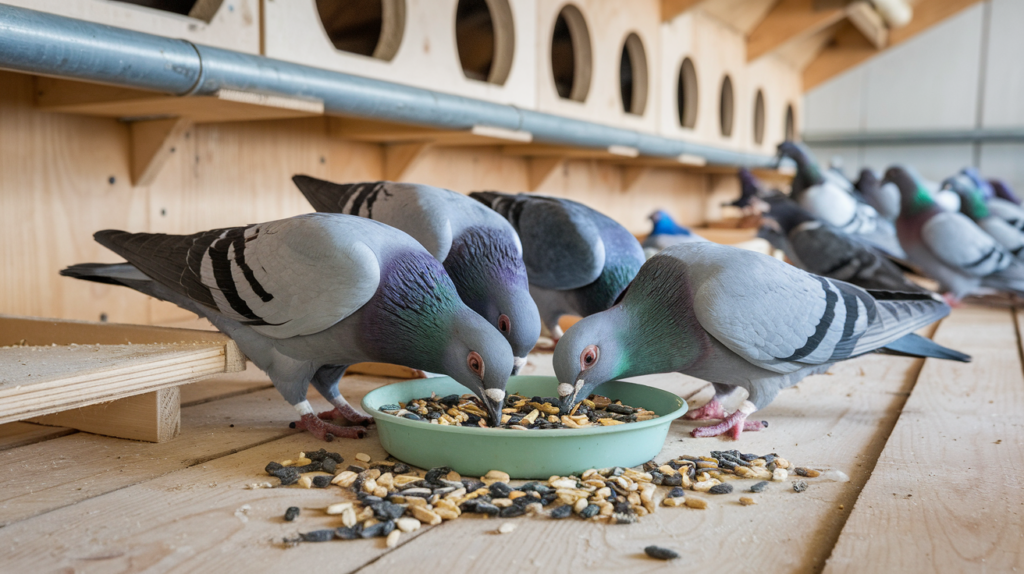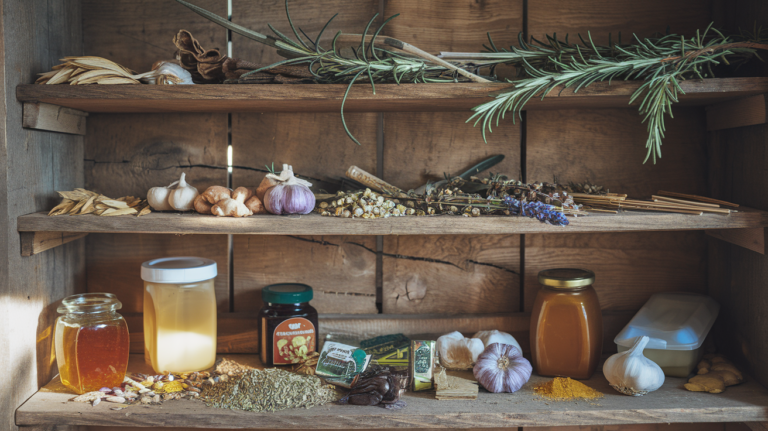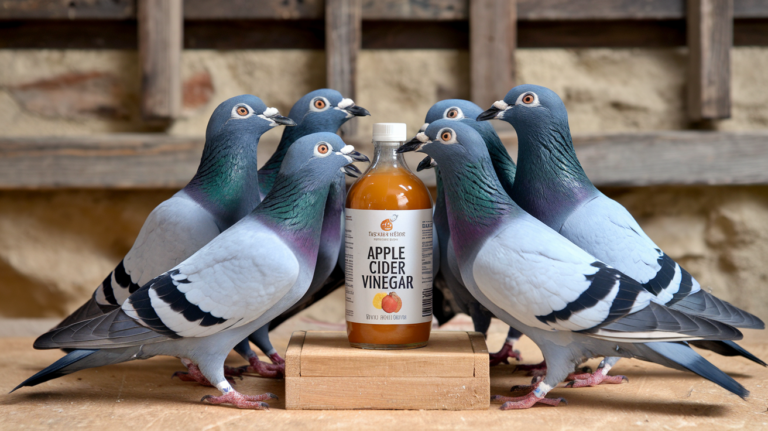
When it comes to racing pigeons, feeding isn’t just about keeping your birds full—it’s about fueling performance. The right pigeon racing feeding strategies can make all the difference between an average race result and a podium finish. Whether you’re a beginner or a seasoned fancier, dialing in your feeding routine is one of the most important things you can do to help your birds fly faster, farther, and with more consistency.
Let’s break down the fundamentals of a winning pigeon feeding strategy that builds both endurance and speed—without overcomplicating things.
Why Feeding Matters More Than You Think
You’ve probably heard the phrase “you are what you eat.” Well, that applies to pigeons too.
Feeding directly impacts:
- Your bird’s energy levels
- Muscle development and recovery
- Stamina during long flights
- Overall health and immunity
- Motivation and racing behavior
In short, your feeding strategy is the foundation of your birds’ performance.
The 3 Pillars of a Performance Feeding Strategy
1. Energy Balance: Carbohydrates vs Fats
Carbs and fats are the primary energy sources your birds rely on during races—but they’re used differently.
- Carbohydrates provide quick, immediate energy. They’re great for short sprints and short-distance races.
- Fats, on the other hand, burn slower and provide sustained endurance energy, which is critical for middle to long-distance flights.
✅ Pro Tip:
Start your week with high-carb grains like barley, wheat, and milo. As you get closer to race day, increase fat-rich grains like sunflower seeds, hempseed, and safflower for that extra push during the flight.
2. Timing is Everything
It’s not just what you feed—it’s when you feed that makes the difference.
Here’s a general breakdown of a weekly feeding plan leading up to race day:
| Day | Focus | Grain Type |
|---|---|---|
| Monday–Tuesday | Recovery & Light Digestion | Barley, Wheat, Millet |
| Wednesday | Balance & Muscle Rebuild | Peas, Corn, Milo |
| Thursday | Energy Build-Up | Corn, Milo, Safflower |
| Friday | Load the Fuel Tank | Sunflower, Hempseed, High-energy Mix |
| Saturday (Race Day) | Light Meal | Small portion, quick-digest carbs |
This strategy helps ensure your birds recover well, build muscle, and load energy efficiently without getting sluggish or overweight.
3. The Power of Protein and Amino Acids
While energy is king, don’t neglect protein, especially after race day. Protein helps with muscle repair and growth, which is essential for maintaining peak condition week after week.
High-protein grains include:
- Peas
- Lentils
- Maple peas
- Vetch
You can also include a protein-rich supplement or amino acid solution post-race to speed up recovery and reduce muscle fatigue.
✅ Bonus Tip: Offer a small protein mix on race evening and the next morning to aid in quick recovery.
Don’t Forget the Extras: Grit, Minerals & Supplements
You can feed the best grain mix in the world—but without the right grit and minerals, your birds won’t absorb nutrients properly.
Include:
- Red grit or oyster shell for digestion and calcium
- Mineral blocks or powders with trace elements (iron, zinc, magnesium)
- Electrolytes after races to rehydrate and restore balance
- Probiotics to support gut health and immunity
These small additions often make a big difference in energy conversion and overall race performance.
Hydration: The Unsung Hero of Endurance
Water is often overlooked, but it plays a vital role in:
- Nutrient absorption
- Muscle function
- Thermoregulation (temperature control during flight)
Always ensure clean, fresh water is available, and consider adding glucose or electrolytes after a hard race for faster recovery.
Common Feeding Mistakes That Slow Birds Down
Even experienced fanciers can fall into these traps:
❌ Feeding too heavy before race day (birds feel bloated and sluggish)
❌ Not adjusting feed type based on race distance
❌ Forgetting post-race recovery nutrition
❌ Ignoring mineral or supplement needs
❌ Changing the feed mix too often (inconsistent results)
Keep it simple. Stay consistent. Make small tweaks based on your birds’ behavior and results.
Final Thoughts: Customize, Observe, Improve
Every loft is different. What works for one fancier might not work for another. The key is to observe your birds, track their race performance, and make gradual changes to your pigeon racing feeding strategies.
Pay attention to how your pigeons:
- Fly during training
- Look in the hand (muscle tone, bodyweight)
- Recover after races
- Behave around feeding time
Small observations lead to big breakthroughs.
Pigeon racing feeding strategies aren’t about complexity—they’re about consistency, balance, and timing.
When you master that, you’ll start seeing the results you’ve been chasing.
Summary Checklist: Feeding for Performance
✅ Balance carbs and fats based on race distance
✅ Time your feed schedule across the race week
✅ Add protein post-race for muscle recovery
✅ Include grit, minerals, and supplements
✅ Keep water clean and add electrolytes as needed
✅ Observe and adjust based on results








